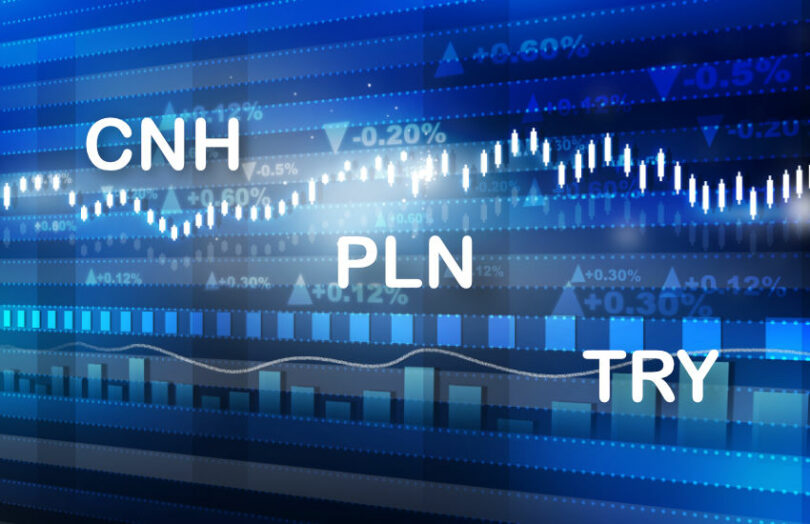In late 2018, CLS launched CLSNet, a DLT solution for foreign exchange (FX) netting calculations for 120 currencies. CLS is best known for its core offering, CLSSettlement, the payment versus payment solution for the world’s top 18 currencies, which averages $6.6 trillion in daily transactions. CLSNet deals with the other currencies. Five years on, CLSNet is gathering momentum, with daily volumes in 2023 averaging $115 billion net, up from $71 billion in 2022.
The growth accelerated towards the end of the year, along with general FX activity. In December it hit a daily record of $445 billion netted. However, so did the main CLSSettlement platform, which reached $16.3 trillion on a single day the same month.
This year the DLT platform announced BNY Mellon and ING joined CLSNet, following the addition of Deutsche Bank last year. CLS says the users now include eight of the world’s top ten banks.
Apart from the currencies involved, a key difference between CLSNet and CLSSettlement is that CLS acts as the central counterparty for the top 18 currencies. In other words, payments are made directly to CLS. In contrast, with CLSNet, the solution only provides netting calculations, not the settlement. It sends each party the details of how much needs to be settled and to whom, but the actual payments are outside of CLS. However, it has additionally been exploring a PvP solution since 2021.
Additionally, CLSNet isn’t just open to banks. Users also include corporates, asset managers, and non bank financial institutions.
During the build phase back in 2018, IBM helped with the development using Hyperledger Fabric. The first institutions to go live were Actinver, BNP Paribas, Citibank and JP Morgan.






